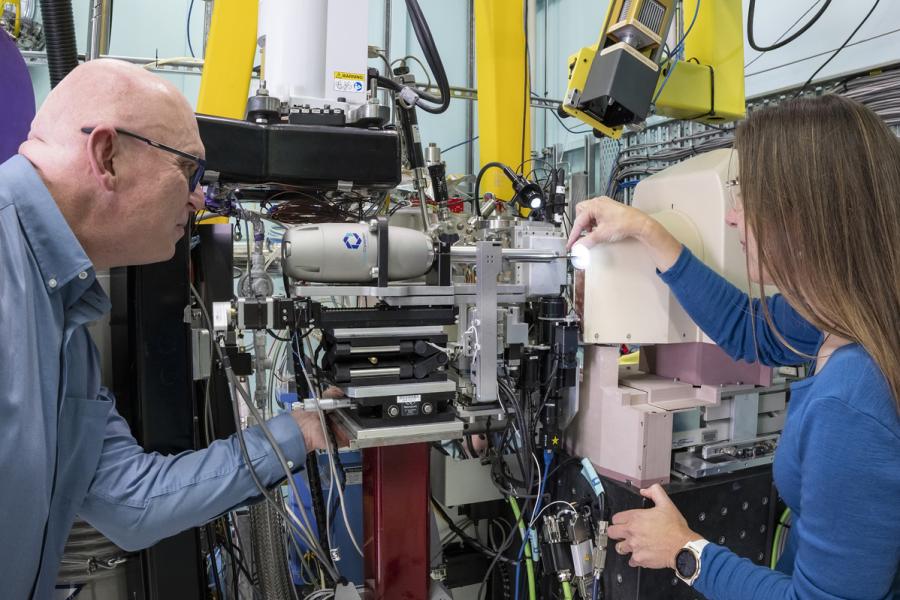

Published on the 20th March 2023 by ANSTO Staff
La Trobe University researchers have used the Australian Synchrotron in a new study that reveals how crocodiles resist fatal fungal infections with a unique pH sensing mechanism despite living in filthy water.
The research team led by senior author Prof Marc Kvansakul solved the atomic structure of small crocodile proteins, known as defensins, using the Microfocus Crystallography (MX2) beamline.
“Using the power of the Australian Synchrotron, we were able generate structural data to define how defensins attack and kill fungal pathogens,” said senior author Professor Mark Hulett, leader of the Hulett Lab at La Trobe University.
Read more on the La Trobe website.
The research, that was published in Nature Communications last week, has attracted considerable media interest since it was announced because of the potential application as a more targeted treatment of fungal infections.
“MX2 provides incredibly detailed structural information about proteins, and generates a 3D protein map,” said Dr Rachel Williamson.
It is known that proteins fold into 3-dimensional structures to carry out a wide variety of functions within the cell. The functional regions of proteins, the domains, fold into specific and ordered 3-dimensional shapes. The structural features determine a wide range of functions.
La Trobe scientists used MX2 to generate a 3D protein map of the defensin complex.
In this case, the team, which included Prof. Marc Kvansakul and lead author Scott Williams, was trying to discern key phospholipid binding sites within the defensin complex CpoBD13,” said Dr Williamson.
“The MX beamlines, here at the Australian Synchrotron, are indeed a powerhouse in the area of structural biology and we are heartened by the great progress they facilitate in combatting infection and disease.”



